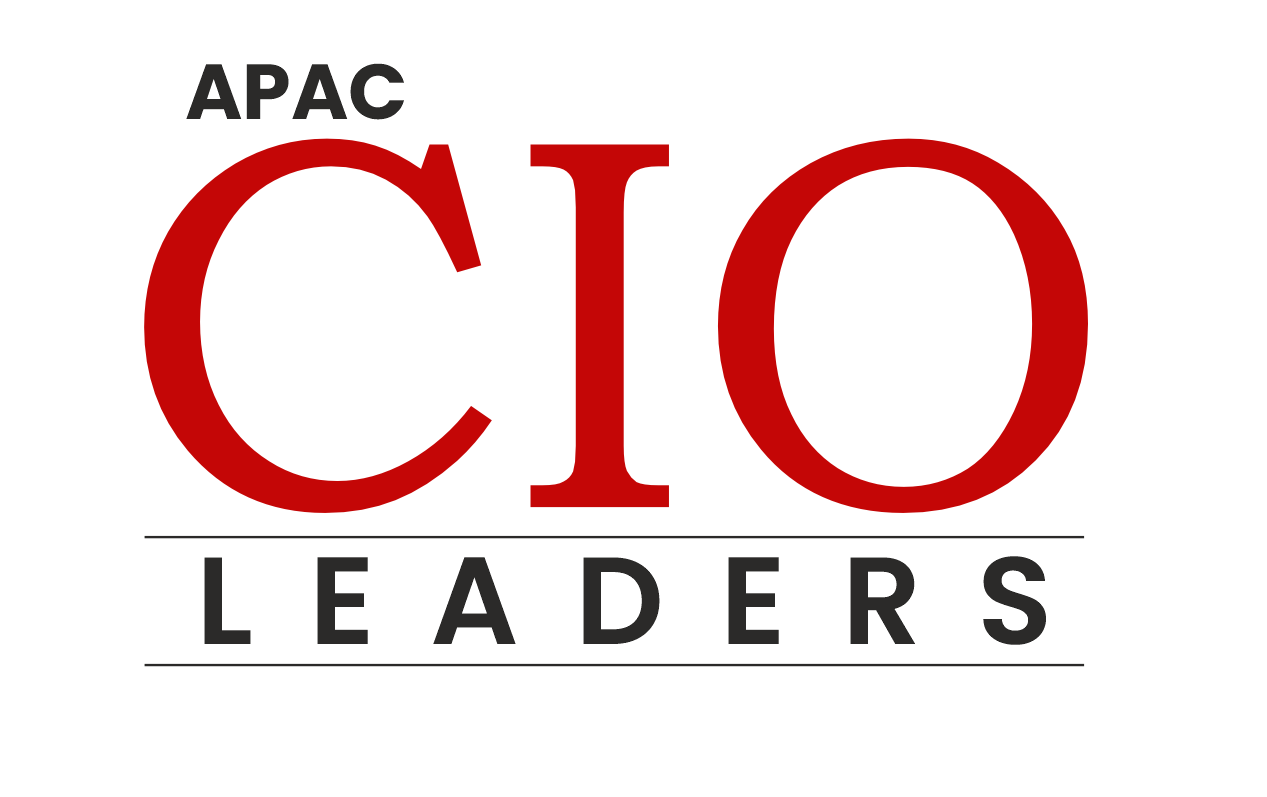Magnificient Branding
Luxury brands represent the epitome of sophistication, exclusivity, and high-quality craftsmanship. They are not just about selling products; they embody a lifestyle, an aspiration, and an experience. In an increasingly competitive and rapidly changing market, luxury brands must continuously innovate and adapt to maintain their prestigious status. This article explores the strategies luxury brands employ to stay ahead and remain desirable to their discerning clientele.
The Essence of Luxury
At the heart of luxury brands lies the promise of unparalleled quality and exclusivity. These brands cultivate an aura of prestige through meticulous craftsmanship, the finest materials, and a rich heritage. Iconic names like Louis Vuitton, Chanel, and Rolex have built their reputations over decades, even centuries, by adhering to these principles. However, maintaining this allure in a digital age, where trends shift rapidly, requires a delicate balance of tradition and innovation.
Craftsmanship and Quality
One of the most critical factors in the success of luxury brands is their unwavering commitment to craftsmanship and quality. Luxury brands invest heavily in skilled artisans who create products with precision and attention to detail. For instance, Hermès is renowned for its handcrafted leather goods, which can take up to 20 hours to produce a single handbag. This dedication to craftsmanship not only justifies the high price tags but also ensures that each product is a unique piece of art.
Exclusivity and Scarcity
Luxury brands thrive on the concept of exclusivity. Limited edition collections, bespoke services, and invitation-only events create a sense of scarcity that heightens desirability. By restricting access to their products, luxury brands make ownership a privilege. For example, the waitlist for a Hermès Birkin bag can be years long, adding to its allure and status symbol.
Heritage and Storytelling
Heritage plays a significant role in the prestige of luxury brands. The rich history and timeless legacy of a brand contribute to its authenticity and allure. Brands like Chanel and Rolls-Royce leverage their storied pasts to connect with customers on an emotional level. Storytelling is a powerful tool in luxury marketing, allowing brands to convey their heritage, values, and craftsmanship. For instance, Chanel’s campaigns often reference the life and vision of its founder, Coco Chanel, reinforcing the brand’s iconic status.
Innovation and Adaptation
While heritage and tradition are vital, luxury brands must also embrace innovation to stay relevant. The luxury market is not immune to the influence of technology and changing consumer preferences. Brands like Gucci and Burberry have successfully blended their rich histories with modern innovation to attract younger, tech-savvy consumers. Gucci’s collaboration with digital artists and its presence in virtual worlds like Roblox showcase its ability to adapt to new digital landscapes.
Personalization and Customer Experience
In the luxury market, personalization is paramount. High-end consumers expect bespoke experiences tailored to their preferences. Luxury brands invest in personalized services, from custom-made products to exclusive shopping experiences. For example, Louis Vuitton offers a Made-to-Order service, allowing clients to customize their products with unique materials and designs. Additionally, brands provide exceptional customer service, ensuring that every interaction is memorable and reinforces the brand’s prestige.
Digital Transformation
The digital revolution has significantly impacted the luxury industry, prompting brands to rethink their strategies. While physical boutiques remain crucial, an online presence is now essential. Luxury brands have embraced e-commerce, social media, and digital marketing to reach a broader audience while maintaining their exclusivity. However, the challenge lies in translating the luxury experience to the digital realm.
For instance, Dior’s innovative virtual store allows customers to explore and shop its collections in a visually stunning digital environment. This blending of physical and digital experiences ensures that the brand remains accessible yet exclusive. Social media platforms like Instagram have also become vital for luxury brands, enabling them to engage with their audience through visually captivating content and influencer partnerships.
Sustainability and Ethical Practices
In recent years, sustainability has become a significant consideration for consumers, including those in the luxury market. Luxury brands are increasingly adopting sustainable practices to align with the values of environmentally conscious consumers. This shift not only enhances brand reputation but also ensures long-term viability.
Stella McCartney is a pioneer in sustainable luxury fashion, using eco-friendly materials and ethical production methods. The brand’s commitment to sustainability resonates with consumers who prioritize ethical consumption. Similarly, brands like Cartier and Tiffany & Co. are focusing on responsible sourcing of materials, such as conflict-free diamonds and recycled gold, to meet the growing demand for sustainable luxury.
Strategic Collaborations and Limited Editions
Collaborations and limited editions are effective strategies for luxury brands to generate buzz and attract new customers. Strategic partnerships with artists, designers, and other brands create unique products that stand out in the market. For example, Louis Vuitton’s collaboration with artist Jeff Koons resulted in a collection of handbags featuring iconic artworks, blending fashion with art.
Limited edition releases, often tied to special events or anniversaries, create a sense of urgency and exclusivity. Brands like Rolex and Patek Philippe regularly release limited edition watches that become highly sought after by collectors. These collaborations and special editions not only drive sales but also reinforce the brand’s prestige and desirability.
Maintaining Prestige in a Global Market
The global expansion of luxury brands presents both opportunities and challenges. Entering new markets requires a deep understanding of local cultures and preferences while maintaining the brand’s core identity. Brands like Chanel and Hermès have successfully expanded into emerging markets such as China and India by tailoring their offerings and marketing strategies to resonate with local consumers.
Moreover, luxury brands must navigate the balance between accessibility and exclusivity. While expanding their customer base, they must ensure that the brand’s prestige is not diluted. This involves maintaining high standards of quality, craftsmanship, and customer experience across all markets.
Conclusion
The business of prestige is a complex and dynamic landscape where luxury brands must continuously innovate while preserving their heritage and exclusivity. Through a commitment to craftsmanship, strategic innovation, personalized experiences, and sustainable practices, luxury brands like Louis Vuitton, Chanel, and Hermès remain at the pinnacle of the market. As consumer preferences evolve and technology advances, these brands will continue to set the standard for luxury, embodying the timeless appeal of sophistication and excellence. By balancing tradition with modernity, luxury brands not only stay ahead but also shape the future of the industry.

